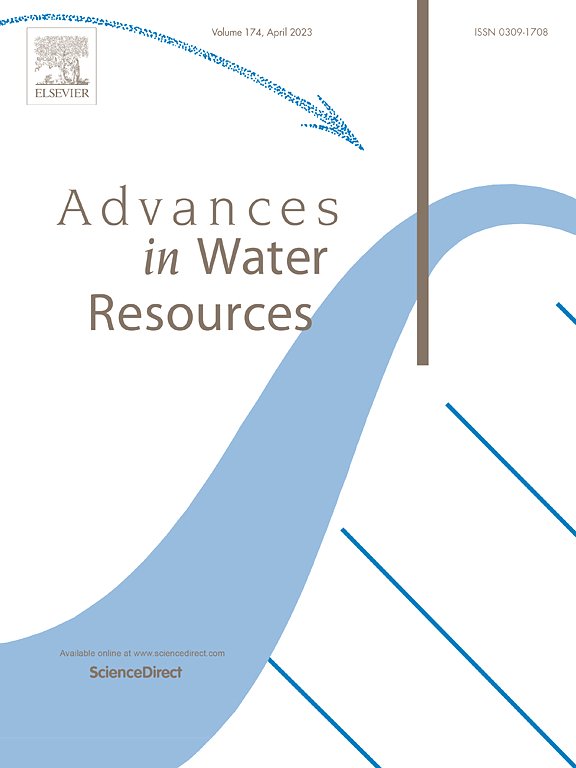Novel variable reconstruction and friction term discretisation schemes for hydrodynamic modelling of overland flow and surface water flooding
Jiaheng Zhao, Qiuhua Liang
Published in ‘Advances in Water Resources’
Abstract
Due to the recent advances in computing and data acquisition technologies, numerical models solving the 2D shallow water equations (SWEs) are now widely used in predicting overland flow and surface water flooding process in natural catchments. In catchment-scale flood modelling, in addition to the calculation of convective terms that are usually achieved through solving local Riemann problems to capture transient flow dynamics, correct discretisation of source terms is also essential to handle complex domain topography and ensure accurate and stable numerical solutions. The external forces induced by gravity and bed friction create the key source terms that drive the change of momentum in the SWEs and affect the stability and accuracy of the adopted numerical scheme, especially for applications involving very shallow water depth (e.g. wet and dry fronts, overland flows). Herein, new schemes are introduced to reconstruct the face values of flow variables and a fully implicit algorithm is improved to discretise the stiff friction terms, in the context of developing a Godunov-type finite volume hydrodynamic model for accurate and stable simulation of overland flow and surface water flooding involving very shallow water depth. Five analytical test cases are considered to validate the resulting models and the numerical results are compared with those produed by two alternative numerical schemes. The performance of the models are further demonstrated by reproducing a flood event in the 2500 km2 Eden Catchment, UK.

